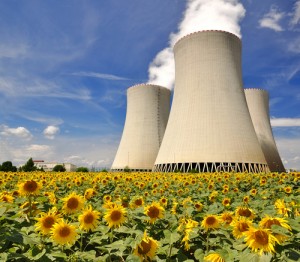
“Nuclear Energy: Whatever Happened to
Searching for the Truth?”
The National Environmental Policy Act (NEPA) requires all Federal agencies to evaluate the impacts of proposed major actions on the human environment. The U.S. Nuclear Regulatory Commission (NRC) complies with all rules and regulations set by NEPA.
NRC’s review analyzes the impacts of nuclear energy production on air, water, animal life, vegetation, natural resources, and property of historic, archaeological, or architectural significance. The review evaluates cumulative, economic, social, cultural, and other impacts and environmental justice.
Source: http://www.nrc.gov/materials/active-nepa-reviews.html
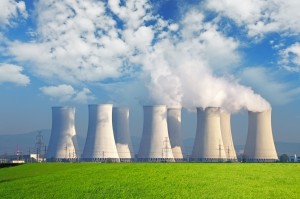
Radioactive wastes are the primary environmental concern for nuclear power. Wastes include uranium mill tailings, spent reactor fuel, and other radioactive wastes. These wastes are subject to special regulations of the NRC that govern their handling, transportation, storage, and disposal to protect human health and the environment.
Radioactivity of nuclear waste decreases over time through the process of radioactive decay. The amount of time required for complete disposal depends on the half-life of the material. The half-life of Radon-222 is 3.8 days and the half-life of Radon-220 is 54.5 seconds. They both eventually decay to polonium-218 and polonium-216, respectively, which are forms of lead.
Sources:
http://www.eia.gov/energyexplained/index.cfm?page=nuclear_environment, http://www.epa.gov/radiation/radionuclides/radon.html
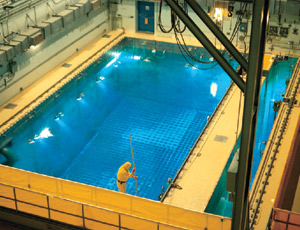
Spent reactor fuel assemblies are highly radioactive and are initially stored in specially designed pools resembling large swimming pools (see image above). These pools cool the fuel with water and acts as a radiation shield. Specially designed dry storage containers exist also (see image below). Dry storage facilities are made of special outdoor concrete or steel containers with air cooling. High-level was is stored on site at nuclear plants.
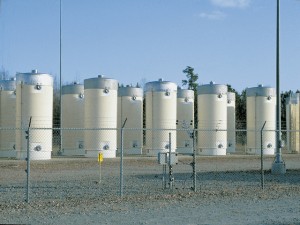
Decommissioning facilities involves safely removing the plant form service and reducing radioactivity to a level that permits other uses of the property. This is regulated by the NRC. To date, the U.S. federal government has not implemented a long-term disposal program for these materials. Until this happens, the temporary, on-site storage methods will be used for the foreseeable future.
Sources: http://www.eia.gov/energyexplained/index.cfm?page=nuclear_environment, http://www.nei.org/Issues-Policy/Nuclear-Waste-Management
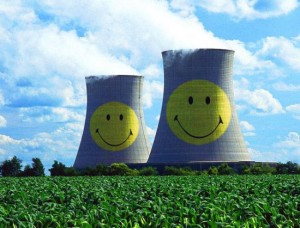
Environmental benefits that have resulted from existing environmental policies include:
- Nuclear energy producing the most clean-air energy compared to all other available sources.
- Nuclear energy produces large quantities of energy throughout every day.
- Nuclear energy produces 64% of all U.S. emission-free electricity.
- In 2012, nuclear energy facilities prevented 569.7 million metric tons of carbon dioxide emissions (equivalent to the emissions from 110 million cars).
- In 2012, nuclear energy facilities prevented the emissions of over 1 million short tons of sulfur dioxide and 0.47 million short tons of nitrogen oxide.
- Nuclear energy facilities are among the lowest electricity generating sources by life-cycle carbon emissions. They generate approximately 17 tons of carbon dioxide per gigawatt-hour (comparably geothermal is 15 tons and wind is 14 tons).
- All U.S. nuclear energy facilities have extensive environmental monitoring programs, under the NRC and state regulators, to protect the environment through safely managing used fuel, protecting water quality, and preserving habitat for plants and wildlife.
Primary author: Matthew Pigott
Editor: Team